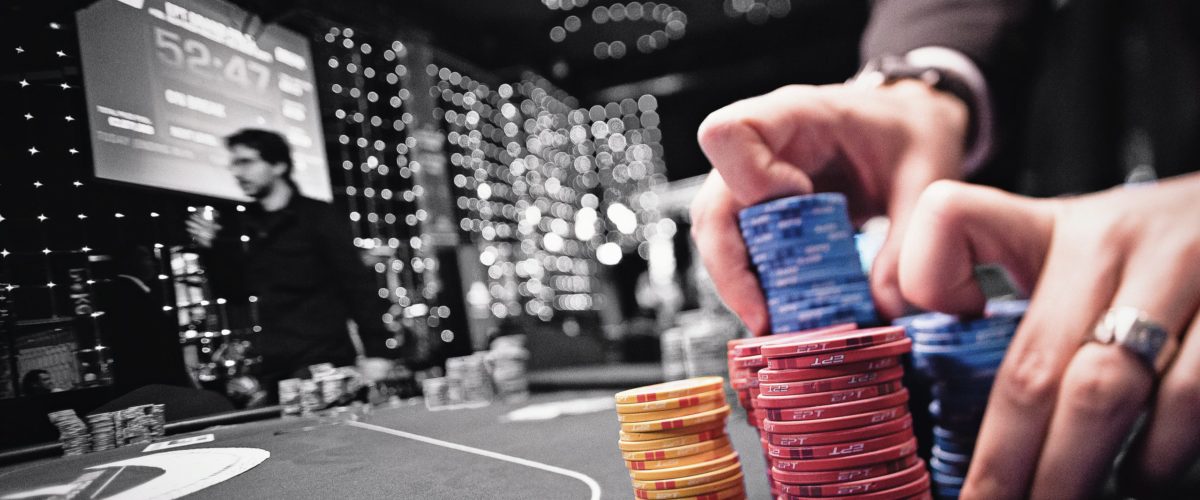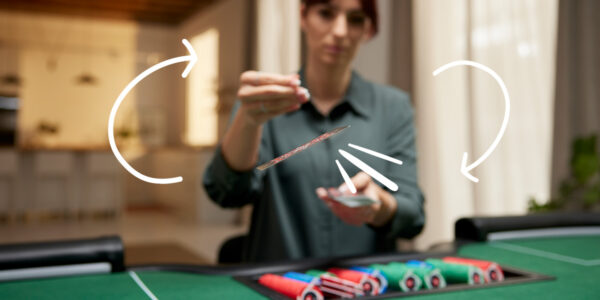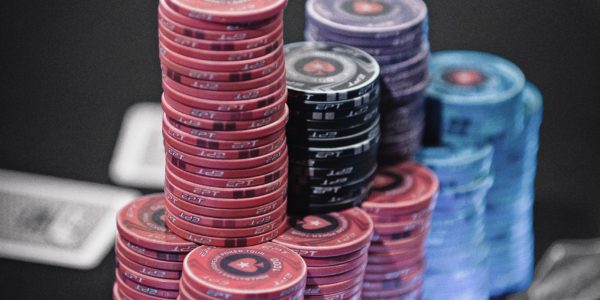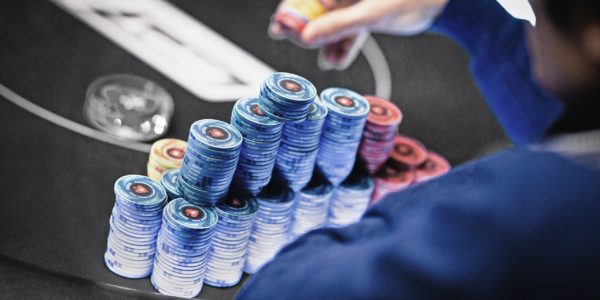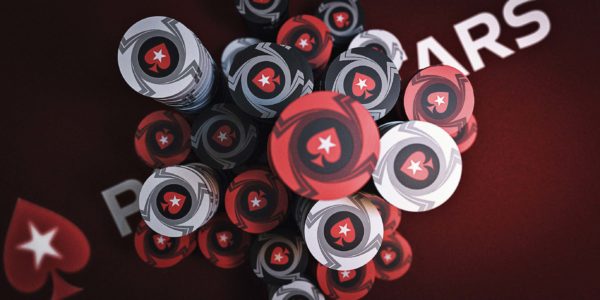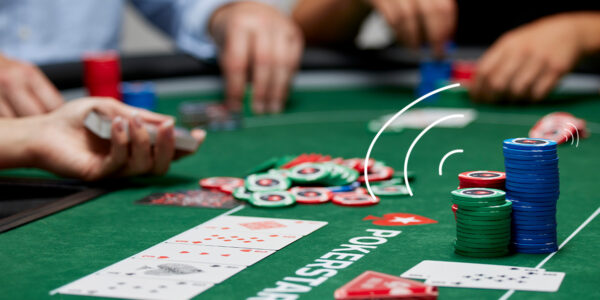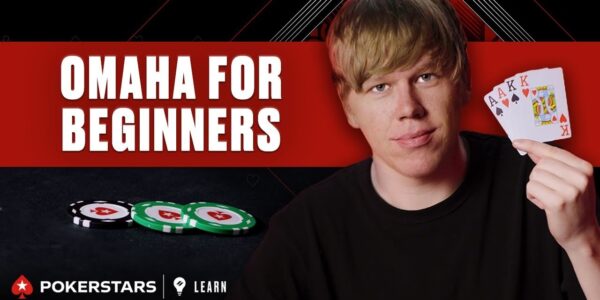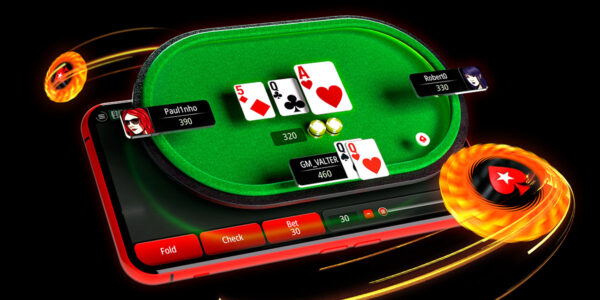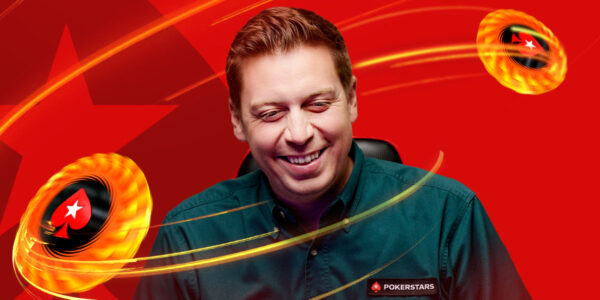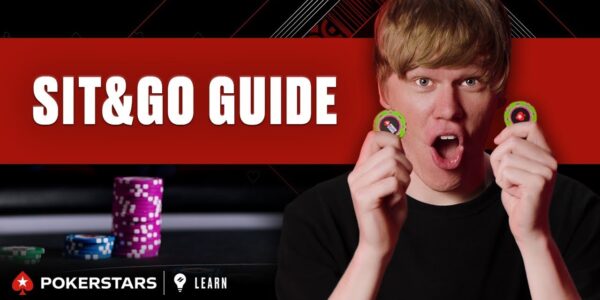8-Game Hand Review – Stud Instalment
Seven Card Stud is one of the trickier limit games in the 8-game rotation that I like to play. In this format, players are gradually dealt seven cards, beginning with a hand of three cards, of which two are face down and one is face up. The player with the lowest door card posts a bring-in and play progresses from there with each player being dealt four additional cards each followed by a round of betting.
Heads-Up Stud
Today’s hand comes from a heads up $4/$8 8-game match. I mainly play these games two or three handed as these are the variants which I have worked the most on. Playing heads-up has the advantage of taking the other players’ folded cards out of the equation. It is not necessary to recall a bunch of dead cards while also trying to work out how to navigate the complex waters of this fiendish game, and just as well fort me as I’m a far from a pro at these games.
On the other hand, heads-up play requires you to get comfortable playing total junk on third street and often progressing through to fifth or sixth street without so much as a pair or immediate draw.
Today’s hand is a nice illustration of that.
Today’s Hand
If you have ever played three-card-brag, you’ll know that beating a good ace-high is a rarity, and therefore, that my lowly pair of fours is a little bit of a monster in heads-up stud.

When Villain makes the automatic raise of my bring-in (his card is higher than mine so he is correct to try to steal the pot at a high frequency) I should probably mix this hand by sometimes calling and sometimes raising. Raising carries with it the advantage of protecting my hand’s equity later by forcing Villain to fold an unpaired hand with over the next few streets. On the other hand, calling keeps my calling range protected. If I raise every time I’m dealt any old pair, I’ll be very easy to play against and will struggle to ever make it to the later streets vs. sustained aggression.
This time I decide to 3-bet and Villain calls. On fourth street Villain catches one of my trips outs while gaining a second heart, while I brick.

As starting ranges are so wide in heads-up stud, however, it still seems sensible to bet. Most of Villain’s range is no pair and I am unlikely to get raised here since my range contains some big pairs as well as the more obvious pair of fours. In catching a four, my opponent should actually be more concerned that I have a big hidden pair or four clubs since it is now less likely that I raised him with a pair of fours. In this sense, my 9, being a club, is a scarier card than it might have been if Villain had caught a five or a three instead of the four. I bet and Villain calls. Since the pot is so big already, it is viable that he has all kinds of hands with three overcards to a four. He is priced in and should not fold yet.
Fifth street gives me no reason to slow down as Villain appears to catch a total brick. My pair is normally still good here.

It is not impossible that he has a pair of sevens now, but I want to bet again. This is my best chance to deny equity to my opponent’s overcards. The pot is the smallest it will be in relation to the bet for the rest of the hand.
Again, Villain calls and I begin to wonder if he might have something a bit better than five random cards. He may well have a low pair – probably not queens when he doesn’t raise – and he can certainly have three large connected cards that are still pricing him in. It is also possible he’s picked up a gut shot straight draw with a few overs to my fours.

For the first time in the hand I have reason to slow down. Ace high made a lot of sense for my opponent before this street. An ace with a big card or two fits his line very well. Moreover, now that he has picked up this ace, there is one less overcard for me to protect my equity against. He either has a pair of aces that is crushing me, or the other three aces can’t help him. I decide that my value has run out. It’s common in stud to blast a pair all the way to the river and then maybe check behind but this sixth street bet seems too thin. When Villain checks, I check behind. I will probably have to play bluff-catch on seventh street for the odds I’ll be getting should my opponent bet, but that doesn’t mean my hand is good enough to want to bet and risk getting check/raised here.
Fortunately, seventh street soothes all of my worries.

I pick up two pair and when Villain checks again, it is almost certain that his range is capped at a low to medium pair. With any hand better than mine it is too natural to lead, targeting a pair of fours. I make the standard value bet and get bluff-caught very lightly, but I think Villain’s call makes sense from his point of view.

With this good of an ace-high, my opponent surely beats any bluff. With AK high myself or a pair of threes or fours, I would simply check behind, not value bet. Therefore, the question Villain has to ask is whether I can be bluffing one time in seven. This is all he needs to make calling profitable. Given how scraggly my board looks and given that I didn’t bet on sixth street, it is hard to imagine how I can have too big of a value range here. I might well have busted clubs or even started with a hand like 654.
Today’s Lessons
- Pairs are huge hands in heads-up stud. You can bet them for multiple streets unimproved.
- When your opponent has been calling you and then hits a big card, you have to tighten up your standards for value betting.
- On seventh street, even ace-high can make a fine bluff catcher especially when the price is good and your opponent has shown weakness earlier on with an unthreatening board.


